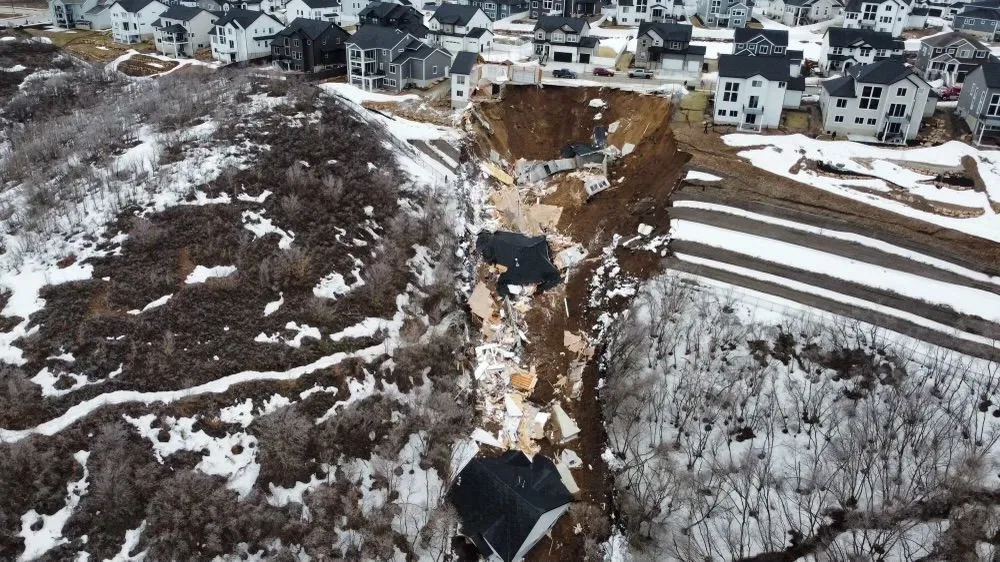
BC Building Code 2025
Revising the BC Building Code to Protect Against Greed
Canada has a national building code, that sets the minimum standard for anything that falls under its jurisdiction. Each province may enact components that exceed the national standard, but that are pertinent to conditions found in that province. Most likely, every province has done this to meet and protect the needs of the people that it is responsible for.
Being a coastal province, BC would naturally experience different conditions than say, Manitoba. Some similarities might be consistent with mountainous areas in Alberta, outside of soil, precipitation, and ground water differences.
BC has had its share of loss, due to inadequate policies or allowances covered in the BC Building Code. The leaky condo situation would be one; while the sink holes of Sechelt would be another, or the landfill development site of Powell River. Everyone loses when the wrong thing happens.
The leaky condo situation resulted in more strict regulations, and higher building standards for design, engineering, and the building code. Some 65,000 affected units were identified across the province, which ended up costing the provincial economy somewhere between $3 and $5 billion dollars. That’s where and how we all lose! What else could we have used the money toward since 1991? That’s why there is such a spread in how much it has cost the economy; it’s not over yet!
Sometime in the decade prior to 2012, the District of Sechelt approved a development subdivision, known as Seawatch at the Shores, after an unknown engineering firm deemed the land suitable for single family dwellings, even though the land had previously, and still currently displays instability. The District used section 219 of the Land Titles Act to register a covenant against the property titles, about the instability, and to be held harmless against any future claims for failure.
The BC Building Code obviously didn’t address underground alluvial flows, and unstable land, or nothing ever would have been built without extensive remediation of the area, if that was even possible, physically or financially. The Code has to be our final defense against the greed of developers, or the idiocy of local government, that may employ people not even remotely qualified to comment on a development, little alone recommend approving it.
In Powell River, what was an unincorporated area operated Squatter’s Creek Landfill for about half of a decade, before the Town became incorporated, whereupon it continued to operate the landfill for almost 2 more decades on land owned by the school district. In 2006 with growth and demand happening, the school district attempted to cash in by rezoning and subdividing the parcel. Fortunately, the ministry of environment was paying attention, and they placed a profile decision against the property suggesting that it is contaminated, and remediation and certification was required prior to the now City, approving building permits and subdivision for the lots.
To make a long story short, it appears that with some collusion between the City and school district, the parcel was represented and sold for development of residential properties, without any compliance or previous restrictions being completed. Where do we find the gains in this deal? The school district obviously gained on an increased market value, and the City stood to gain with development cost charges, permit fees, connection fees, and eventually higher tax revenue.
Here again, can we rely on the BC Building Code to cover land that is not native, so that certain engineering studies and tests must be provided before a permit to build can be issued. That would put the onus on the seller to prove suitability to the buyer for the purpose intended, and thus justify the value, while protecting future investors.
- Created on .
- Hits: 2222